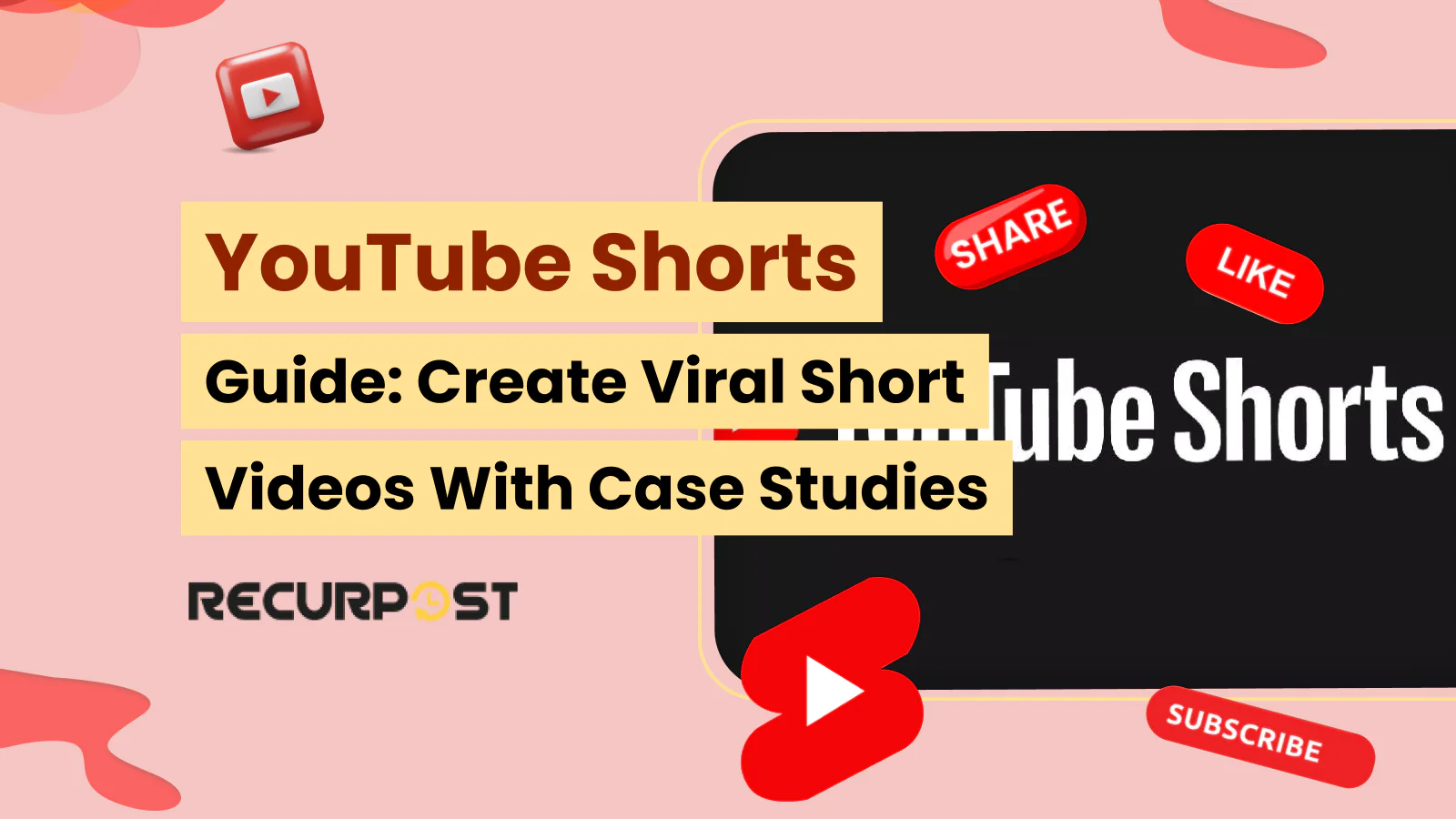Scrolling through YouTube today feels faster, snappier, and way more dynamic. That’s because short-form videos are no longer just a trend, they’re a daily habit for millions. At the center of this shift is YouTube Shorts, a format built for quick impact, thumb-stopping visuals, and vertical storytelling that fits right into mobile.
YouTube Shorts has experienced explosive growth, and according to Forbes, creators don’t need big budgets to create connecting short videos. A phone and a fresh idea suffice to craft content that entertains, informs, or sparks action.
Learn how Shorts work, why they matter, and how you can use them to grow, engage, and get seen.
What Are YouTube Shorts?
YouTube Shorts are vertical, mobile-first videos that run between 15 to 60 seconds. Built for speed and simplicity, they allow creators to share short bursts of content without needing a full production setup. From quick tutorials to trending moments, Shorts enable fast content creation and instant viewer engagement.
YT Shorts Synonyms
YouTube Shorts are also known as:
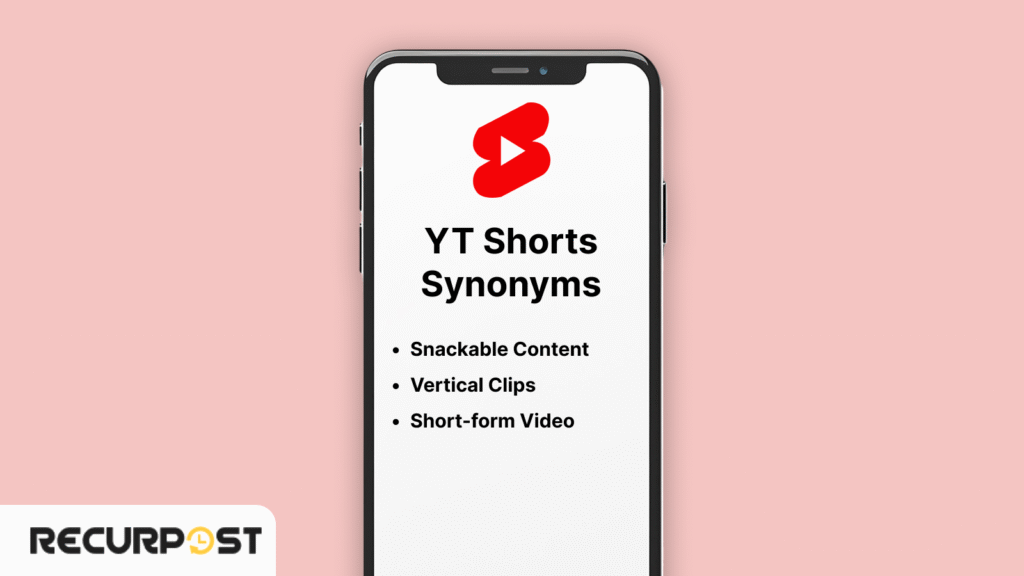
- Snackable content: compact and easy to watch
- Vertical clips: upright and fullscreen
- Short-form video: bite-sized with a focused message
These formats are widely popular with short video creators, brands, and businesses who want to stay active and connected with how people use social media now.
Role within YouTube and broader content ecosystem
Shorts live within the core YouTube app, promoted through the Shorts feed, YouTube homepage, and channel tabs. They work alongside longer videos, live streams, and Stories, offering creators and marketers another tool to stay visible. Because they are part of the larger Google ecosystem, Shorts have wide-scale discovery and built-in access to music, comments, likes, and shorts analytics.
YouTube Shorts Specs:
Shorts upload requirements include:
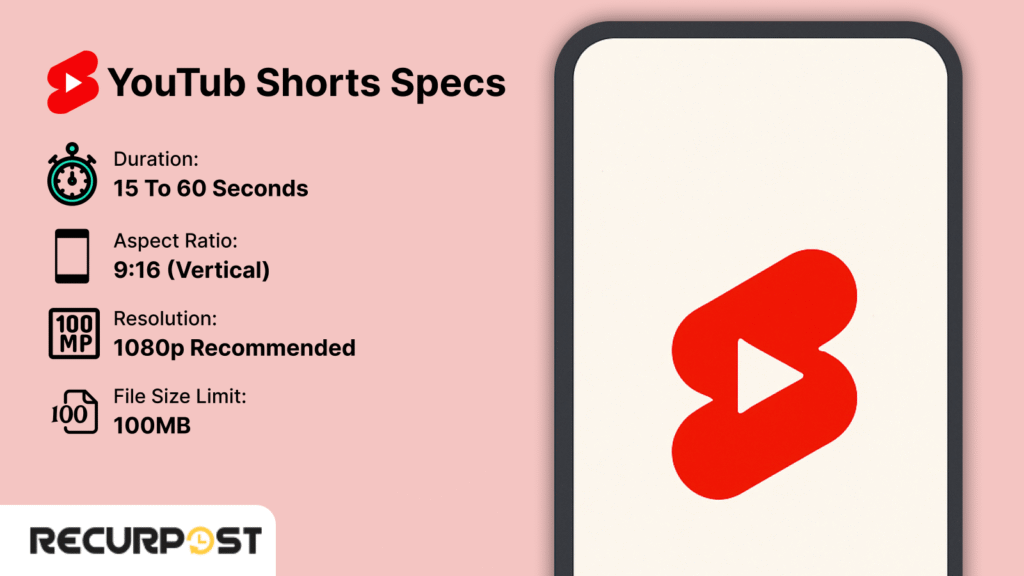
- Duration: 15 to 60 seconds
- Aspect ratio: 9:16 (vertical)
- Resolution: 1080p recommended
- File size limit: 100MB
Shorts are optimally filmed using the Shorts camera, which enables clip stitching, music addition, text insertion, and quick channel posting. The system supports mobile-first publishing and smooth Shorts player playback.
YT Shorts Formats That Perform
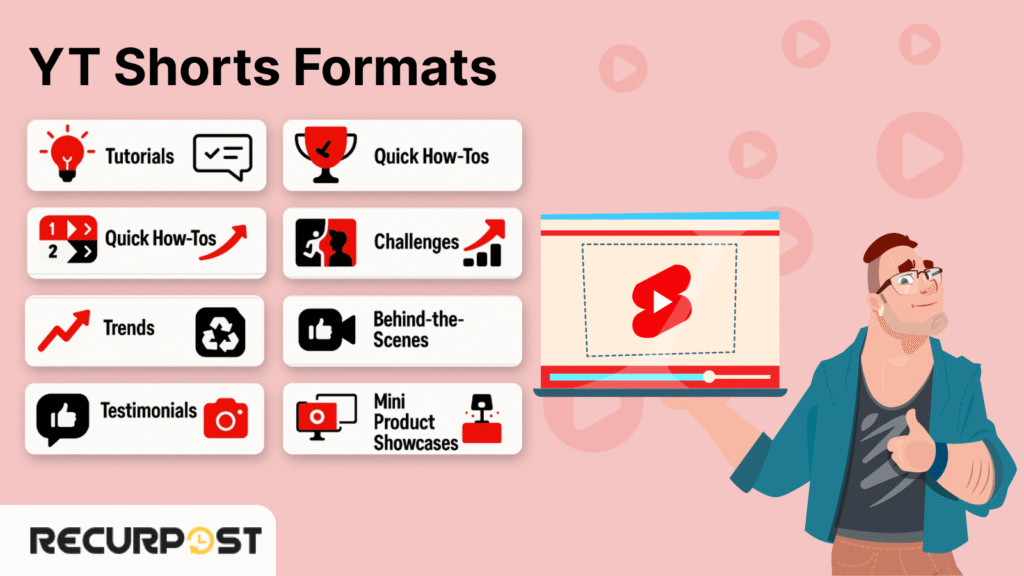
The format you choose can make a big difference in how your content gets watched, shared, and remembered. Four proven styles that consistently catch attention and keep viewers watching:
1. Tutorials, tips, and quick how-tos
Teach something quickly, a 30-second recipe, a photo edit, or a real estate tip. These short-form videos generate high views and shares.
2. Challenges, trends, and transformations
Incorporate trending music, viral ideas, or visual “before-and-after” transformations. These elements increase Shorts feed visibility and maintain relevance.
3. Repurposed content, behind-the-scenes, testimonials
Convert moments from longer videos into YT Shorts or showcase behind-the-camera footage. Testimonials perform effectively in this brief format.
4. Lifestyle snippets and mini product showcases
Demonstrate products in action or showcase daily life glimpses. This approach benefits business owners, brands, and creators by establishing trust through authentic content.
YT Shorts Algorithm
Instead of depending on subscribers or channel history, the Shorts algorithm looks at how people interact with each clip in real time.
- Separate algorithm from regular videos: Shorts are distributed through a dedicated feed with a mobile-optimized swipe-up experience. New creators can receive views when their content performs well, regardless of their upload history.
- Viewer retention, swipe behavior, and completion rate: The algorithm measures watch time before viewers swipe away. Longer viewing increases the Short’s reappearance probability. Complete watch-throughs signal attention-holding content, expanding reach.
- Optimizing metadata and topic relevance for algorithm boost: Strong titles, trending music, and relevant captions improve content placement. Include audience-targeted keywords and hashtags related to the topic, style, or format. Relevant metadata increases Shorts’ discoverability.
In-depth Information on YouTube Algorithm
YT Shorts in the YouTube Ecosystem
Here’s how Shorts are positioned, consumed, and supported inside the wider YouTube experience:
1. Where Shorts appear and how they’re consumed
- Visible on the YouTube homepage, inside the Shorts feed, and under channel Shorts tabs
- Played through a dedicated Shorts player that supports swipe-up viewing
- Easy for viewers to watch, react, and move on, making fast engagement the norm
2. Integration with music, creator tools, and YouTube’s recommendation system
- Shorts camera includes built-in tools for stitching clips, adjusting speed, and adding text
- Access to trending tracks from the YouTube Audio Library and songs linked to current topics
- Recommendation engine pushes Shorts based on viewing history, topic interest, and channel interactions
3. Key elements: captions, thumbnails, engagement features, audio
- Captions help catch attention, even when the sound is off
- The first frame acts as a visual preview (instead of a custom thumbnail)
- Audio plays automatically with voice or music
- Built-in actions like likes, comments, and shares support strong engagement
Strategic Benefits of YT Shorts by Audience
Whether you’re aiming to grow your presence, promote services, or connect faster, Shorts make it possible without the need for complex editing or high budgets.
For YouTubers
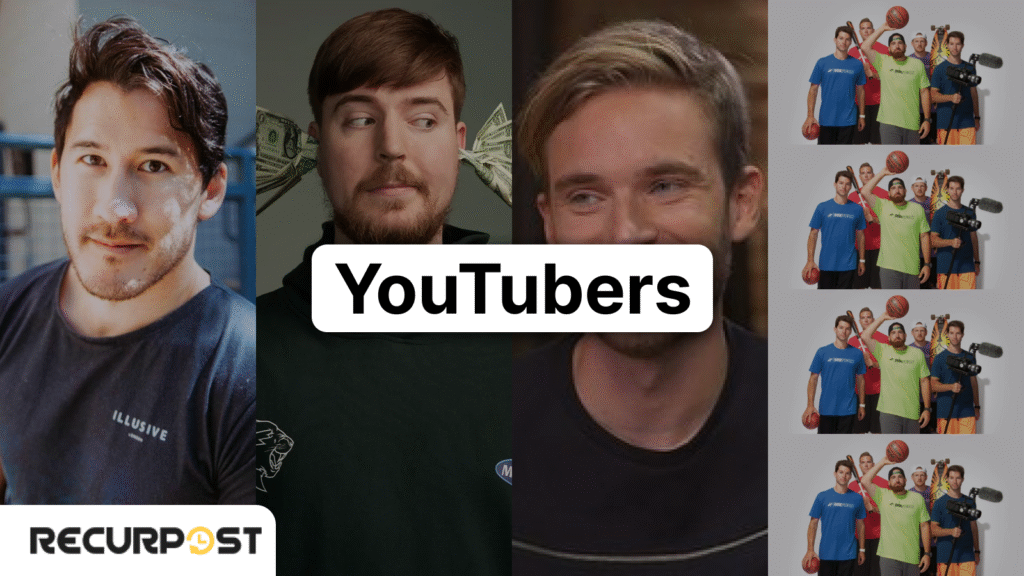
- Grow subscribers by reaching new viewers through the Shorts feed
- Boost visibility for long-form videos by turning highlights into Shorts
- Keep your channel active between uploads without overwhelming your schedule
- Use trending sounds or viral formats to appear in more feeds
- Track viewers’ behavior and engagement using Shorts analytics in YouTube Studio
For Marketers
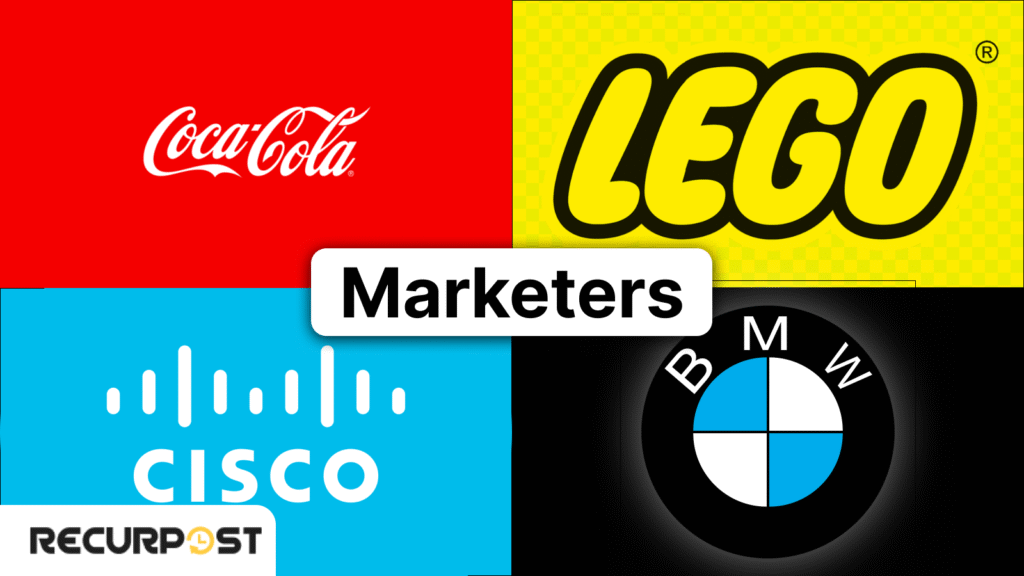
- Share quick brand stories, product reveals, and campaign snippets
- Use short-form videos to test hooks, slogans, or new ideas
- Feature user-generated content, influencer clips, or testimonials in Shorts
- Combine visuals, captions, and music to strengthen brand tone
- Gain organic reach via the YouTube homepage, the Shorts player, and relevant hashtags
For Business Owners
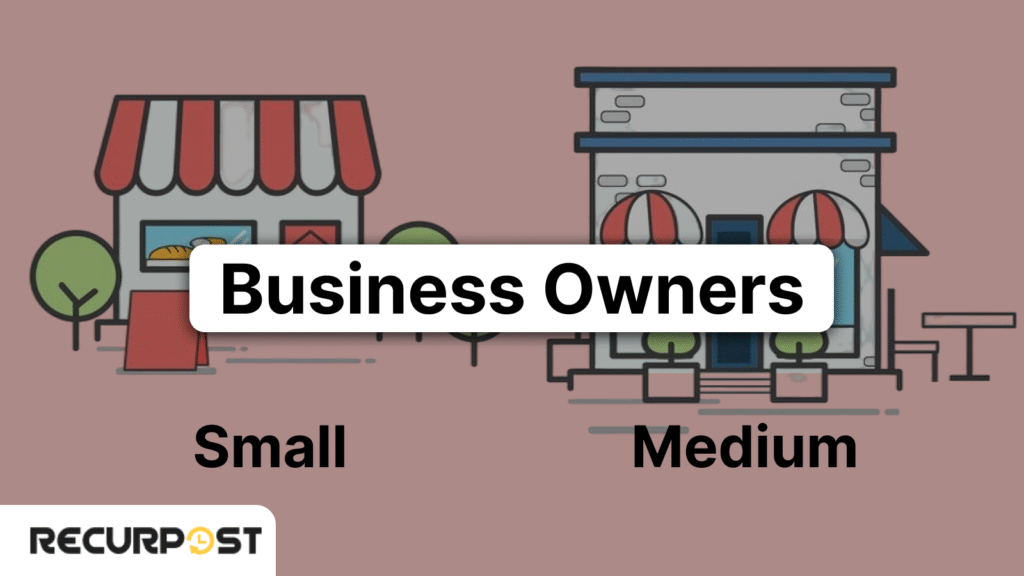
- Post behind-the-scenes content, daily updates, or team moments
- Highlight key features of products using simple visuals and voiceovers
- Use Shorts as an alternative to traditional ads—free, engaging, and quick to produce
- Pin links in comments or channel bio to drive action
- Build awareness with consistent uploads of short content that’s easy to create
For Real Estate Professionals

- Share 30–60 second property walkthroughs with clear narration
- Use vertical video format to show the space more naturally on mobile
- Highlight neighborhoods, schools, or cafés to sell lifestyle, not just property
- Post renovation, before/after clips to showcase value
- Use location-based hashtags and titles to appear in local Shorts feed results
Brand Examples Using YT Shorts
These examples show how short-form content, when matched with creativity and timing, can drive engagement, grow subscribers, and connect with the right audience.
MrBeast
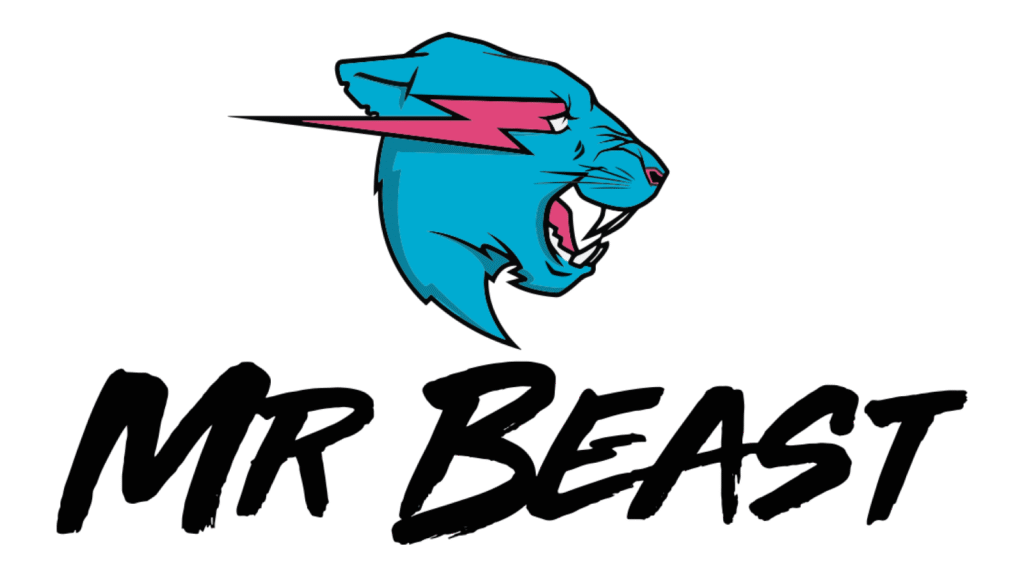
Using the Shorts camera, MrBeast consistently shares 15–60 second clips that act as previews to his longer videos, which have resulted in MrBeast reaching millions of viewers through the shorts feed and driving significant traffic to his full-length content. His posts often show up on the YouTube homepage, reaching millions of viewers through the shorts feed. His team tracks performance using YouTube analytics, watching what hooks the most people and drives them to tap through to his full content.
Food52

Food52‘s success lies in visual simplicity, which has resulted in Food52 building a highly engaged community that floods comments with ingredient requests and cooking questions. Their short-form videos use overhead shots, clean cuts, and trending sounds pulled directly from the YouTube audio library. Each recipe is filmed in a vertical aspect ratio, optimized for the shorts player. Comments flood in with requests for ingredients and steps, making it both entertaining and educational.
Sephora
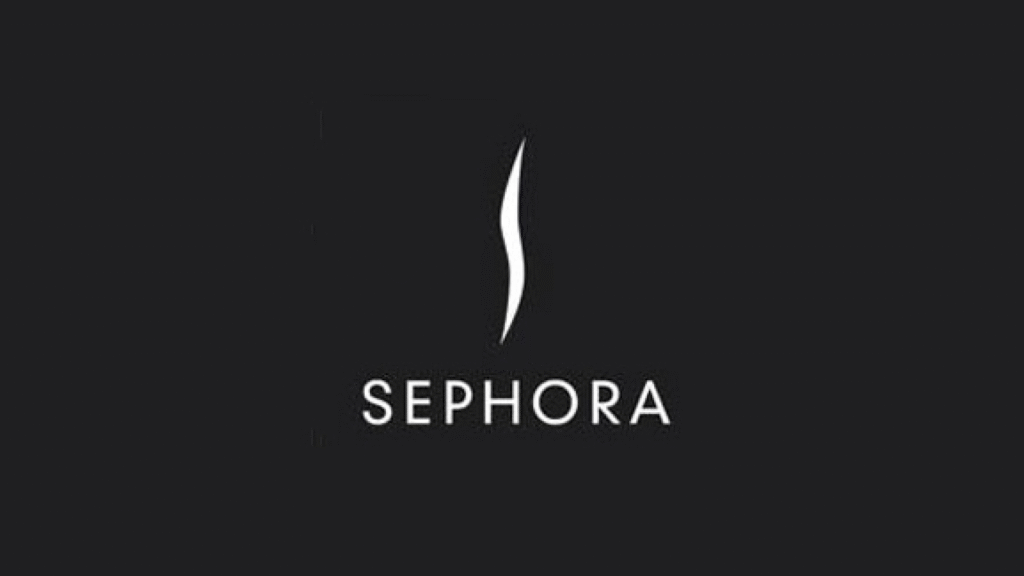
Sephora uses YouTube Shorts to showcase makeup transformations, skincare steps, and trending products, all in under a minute, which has delivered measurable results through increased product engagement and community building around beauty content. These videos often feature creators using the latest tools, syncing edits with trending music. Viewers can tap for product links or drop questions in the comments, building an engaged community around beauty tips.
Zomato
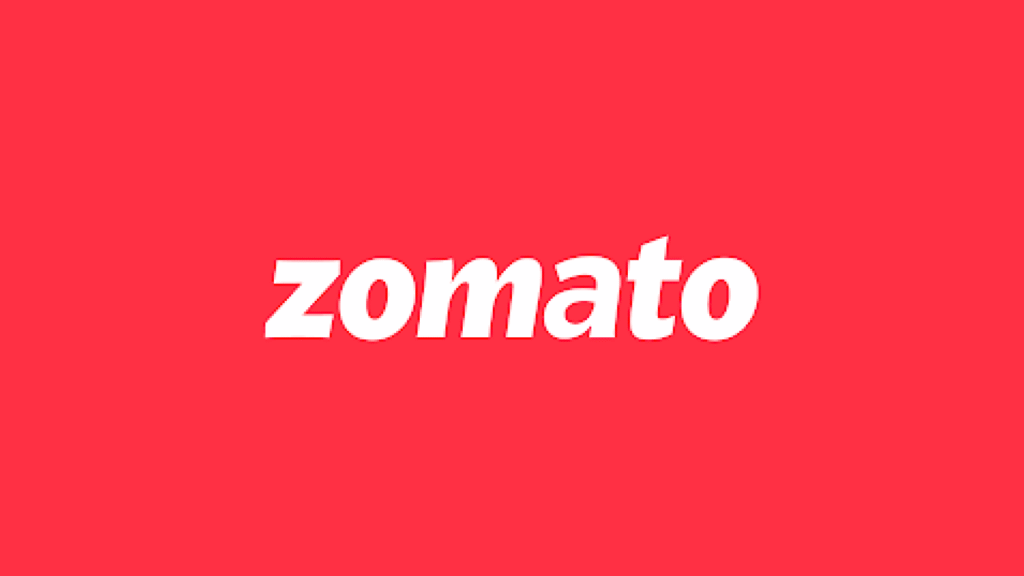
Zomato makes food fun with quirky shorts that highlight restaurants, dishes, and customer reactions. From street food tastings to festival specials in October, the content mixes humor with visual storytelling. Most posts include punchy captions, catchy songs, and strong openers that get people to stop scrolling and start watching.
Liquid Death
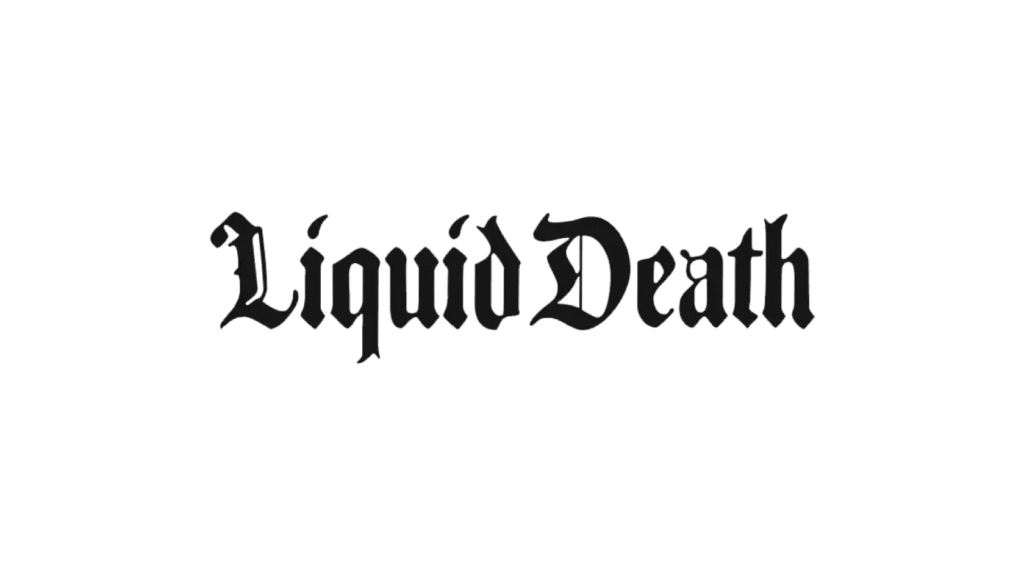
By leaning into absurdist humor, this water brand has made its Shorts unmistakable. From parody traffic stops to bizarre stunts, they use short, punchy clips to capture attention instantly. Liquid Death‘s videos are easy to discover, fun to watch, and often shared for pure entertainment, which has proven that absurdist humor combined with short-form content delivers measurable brand awareness results. Using tools like catchy songs, creative framing, and quick delivery, they stay top-of-mind and top of the shorts feed.
How to Earn Through YT Shorts
From the YouTube Partner Program to sponsored posts, here’s how creators are turning short clips into income.
1. Ad Revenue from Shorts Feed
YouTube shares ad revenue generated from Shorts videos. Each time a viewer watches ads placed between clips, a portion of that income goes into a shared pool. Based on views, watch time, and audience reach, shorts creators earn a share. This system rewards consistency and content that performs well across the shorts feed and shorts player.
2. Join the YouTube Partner Program
To be eligible for payouts, creators need to qualify for the YouTube Partner Program. Requirements include at least 500 subscribers, 3 million valid Shorts views in the last 90 days, and two active uploads within the past 90 days. Once approved, creators get access to YouTube analytics, shorts analytics, and advanced monetization features.
3. Other Earning Methods
Beyond ads, Shorts creators also earn through affiliate links, channel memberships, merch shelves, and sponsored content. Brands now look for viral-ready creators who can post engaging clips using trending sounds, popular music, and timely ideas. Every view, comment, or click can feed into real business impact.
4. Data That Drives Payouts
Revenue depends on total views, how long people watch, and how well the content holds attention. Creators track performance using YouTube analytics and short analytics to spot what’s working. A 30-second Short with high viewer retention and comments can compete with longer videos in terms of returns.
5. Tools That Support Creators
To boost results, creators use tools like the Shorts camera, music from the YouTube audio library, and trending formats. Keeping content within 60 seconds, in vertical aspect ratio, and easy to discover on the YouTube homepage or feed, sets up better monetization opportunities.
6. Rules That Matter
Content must follow YouTube’s community guidelines. Shorts using copyrighted songs without clearance or featuring blocked visuals may be ineligible for monetization. Shorts that spread through stories, channels, or are embedded in other platforms must still meet the original content standards to qualify.
How to Create High-Impact YT Shorts
YouTube Shorts require grabbing attention fast, using the right tools, and making every second count.
1. Hook viewers instantly: Start with movement, bold visuals, or a surprise. The first 2 seconds matter in the shorts feed.
2. Use the Shorts camera: Record, cut, and edit directly in the app. Add text, filters, or trending music from the YouTube audio library.
3. Keep it vertical and short: Stick to the 9:16 aspect ratio and under 60 seconds. Best retention sits around 15–30 seconds.
4. Add captions and strong titles: Use on-screen text for silent viewers. Craft clear titles that perform on the YouTube homepage and feed.
5. Stick to one idea: One clip, one message. Avoid clutter—go straight to the point.
6. Use tools to polish: Apps like InShot, CapCut, or Canva work well for trims, edits, and overlays.
7. Track performance: Use YouTube analytics and shorts analytics to monitor views, watch time, and comments.
8. Post regularly: Consistency wins. Upload Shorts that match trends, seasons (like October), or current formats.
Step-by-Step Guide on How to Make YouTube Shorts
Tools to Create & Optimize YT Shorts
Here’s what helps creators build and fine-tune content that performs across the shorts feed, YouTube homepage, and beyond.
- Shorts Camera (In-App): Record, trim, and stitch clips with the Shorts camera. You can create multi-part videos, set timers, adjust duration, and apply visual filters. Perfect for fast ideas that need to play right away.
- YouTube Audio Library: Pull trending music and sounds directly while recording. The YouTube audio library includes hot tracks, viral songs, and licensed audio that keeps your videos safe from being blocked or muted.
- Editing Tools: Use apps like CapCut, InShot, or Adobe Express to fine-tune edits, add subtitles, or mix formats. These tools support transitions, overlays, animated text, and vertical aspect ratio settings tailored for the shorts player.
- Design & Text Tools: Platforms like Canva and VN let you add bold text, branded frames, and creative storytelling cues. Great for product tags, creator intros, or entertainment-driven visuals.
- Analytics & Performance: Tracking Inside YouTube Studio, access shorts analytics and YouTube analytics to track watch time, views, comments, and subscriber gains. Spot patterns in viewer behavior and make adjustments based on data.
- Linking & Cross-Promotion: Use posts, Stories, and pinned comments to drive viewers to long-form videos, product links, or landing pages. Every Short can connect to something bigger on your channel.
- Monetization Support Tools: Approved shorts creators in the YouTube Partner Program can manage ad revenue, set up merch integrations, or add channel memberships. These tools support growth beyond views.
Measure YT Shorts Performance
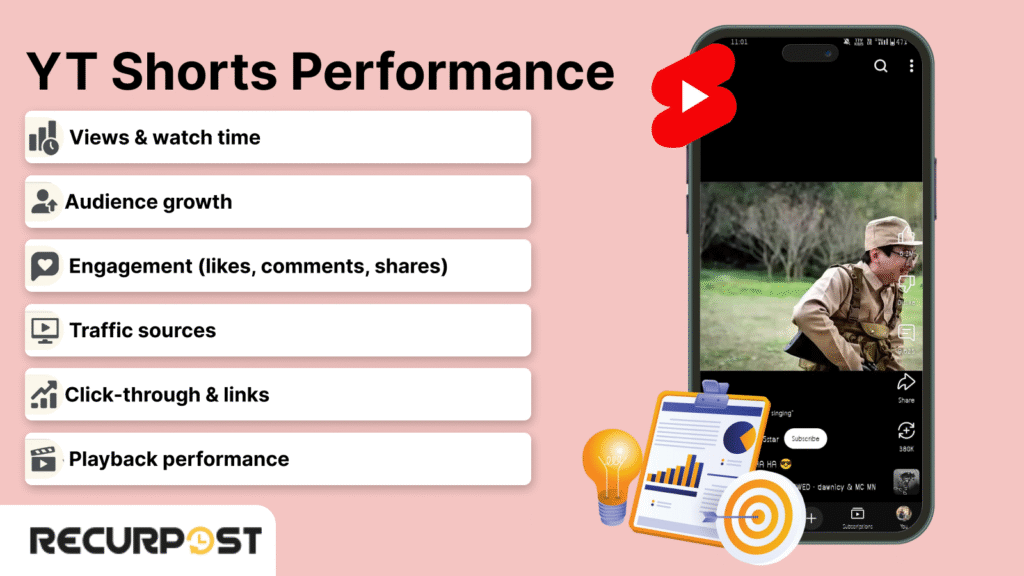
The right data points show how your audience reacts and where your content fits across the platform.
- Views & Watch Time: Check how many people watch your Shorts and for how long. Strong retention—where viewers stay through most or all of the duration is a strong sign that the content fits the shorts feed well.
- Engagement (Likes, Comments, Shares): See how viewers act after they watch. A high volume of comments, replays, and likes shows your short-form videos are connecting. Good engagement often leads to wider feed reach.
- Audience Growth: Monitor how many subscribers you gain through Shorts. A growing community tied to high-performing clips means your content is converting casual viewers into loyal followers.
- Traffic Sources: Use YouTube analytics and shorts analytics to see if viewers found your Shorts via the YouTube homepage, shorts player, search, or channels. This tells you where discovery is happening.
- Playback Performance: Watch how your Shorts behave in the Shorts player. Are people rewatching, or swiping fast? Strong preview frames, fast starts, and relevant titles help keep eyes on your screen longer.
- Data Tools: Use tools like YouTube Studio to track what’s working. Review titles, formats, length, and edits. Check if a certain song, idea, or feature drives better numbers than others.
- Click-Through & Links: If you’re using links in your channel bio, pinned comments, or posts, check their click-through performance via Google Analytics or custom tracking tools.
Final Thought
YouTube Shorts are shaping how audiences watch, discover, and engage.
McKinsey predicts short-form video will constitute 90% of online traffic by 2024, generating 2.5× more engagement than long-form content. Their research shows that focused scrollable content like Shorts produces stronger signals than passive viewing.
With tools like the Shorts camera, music from YouTube Audio Library, and access to Shorts analytics, any creator or business can turn a 30-second clip into a growth engine that builds brand, drives subscribers, and generates revenue.
Frequently Asked Questions
1. Can YouTube Shorts be used to promote upcoming live streams?
Yes. You can create a Short to preview your next live stream and include a pinned comment or link to the scheduled stream. This works well for pulling viewers from the shorts feed to your full content.
2. Do Shorts support captions in different languages?
Shorts can include manually added captions or text overlays during edits. While auto-generated captions aren’t yet a built-in feature in the Shorts camera, creators often use external tools to add multilingual captions for a global audience.
3. Can Shorts be embedded outside of YouTube?
Yes. You can embed YouTube Shorts just like regular videos using the embed code. They play in the same aspect ratio and support interactions like comments, likes, and shares, even when hosted outside the YouTube platform.
4. Are there any Shorts formats that are not eligible for monetization?
Yes. Shorts that reuse copyrighted music outside the YouTube audio library, contain blocked or reused clips, or go against community rules are not eligible for ad revenue via the YouTube Partner Program.
5. Can Shorts be used to build an educational audience?
Absolutely. Many shorts creators in the education space post mini-lessons, vocabulary tips, and explainer videos. These short-form videos work well for quick knowledge sharing and attracting subscribers interested in learning through short bursts.

Ruchi Dhimar is a skilled content writer with 4 years of experience. She is passionate about crafting compelling narratives, specializing in writing content for different industries.
